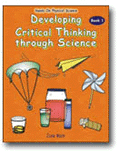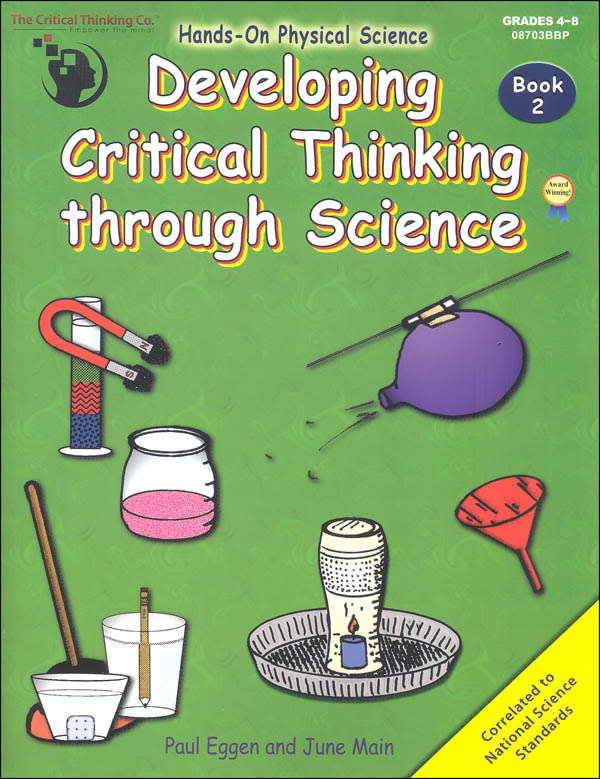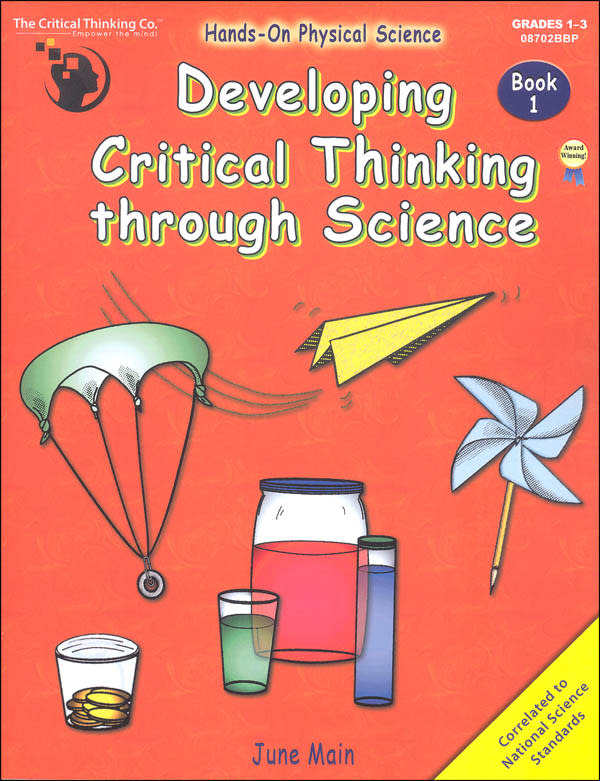Parents who are reluctant to get into science experiments because they fear they will be unable to explain or understand results will find these books extremely useful. The teacher is not expected to have any science background for these activities. Step-by-step procedures, lists of easy-to-find "equipment"--the only one that might be difficult is an empty ditto fluid can used in one activity--and minimal preparation time all make the books simple for the inexperienced parent/teacher. Even better, questions, explanations and answers are laid out at each step where they are needed, so there is no fumbling around to check the answer key or search for further information.
Each book is complete in itself, serving as a teacher's manual. The second book has some data-recording pages that can be copied for student use, but otherwise students simply participate in hands-on activities and discussion.
The critical thinking component of these books is crucial. The underlying philosophy lays out three steps in learning science skills and concepts: "doing through direct, firsthand experiences in an interactive, open atmosphere; constructing by building their knowledge through guided inquiry; [and] connecting by relating their learning to the world around them."
Book One is geared toward grades 1 through 3, but older students with little science background will find it a good starting place. It is divided into seven units: observing, water, buoyancy and surface tension, air, moving air/air pressure, force, and space/light/shadows. There are 41 lessons with review lessons at the end of each unit. Because the book was written for the classroom, some lessons describe cooperative activities done in groups. Most are easily adaptable to the home situation.
Book Two has 80 lessons arranged in 17 units. The emphasis is on physics as in the younger volume, but activities are geared toward students in grades 4 through 8. There appears to be some overlap between both books—some lesson concepts presented in Book One are presented also in Book Two but in a more challenging manner. However, if you use Book One, then follow with Book Two a few years later, any repetition is likely to serve as reinforcement for learning.











